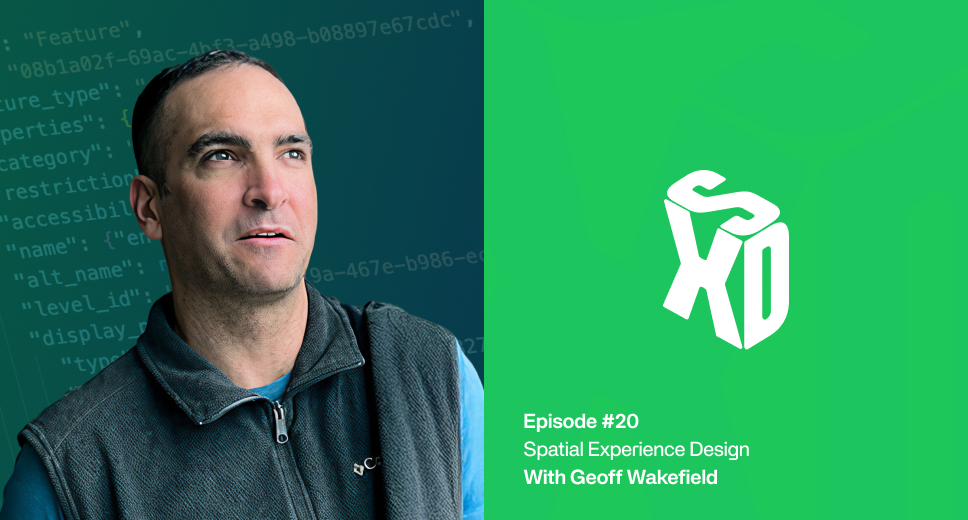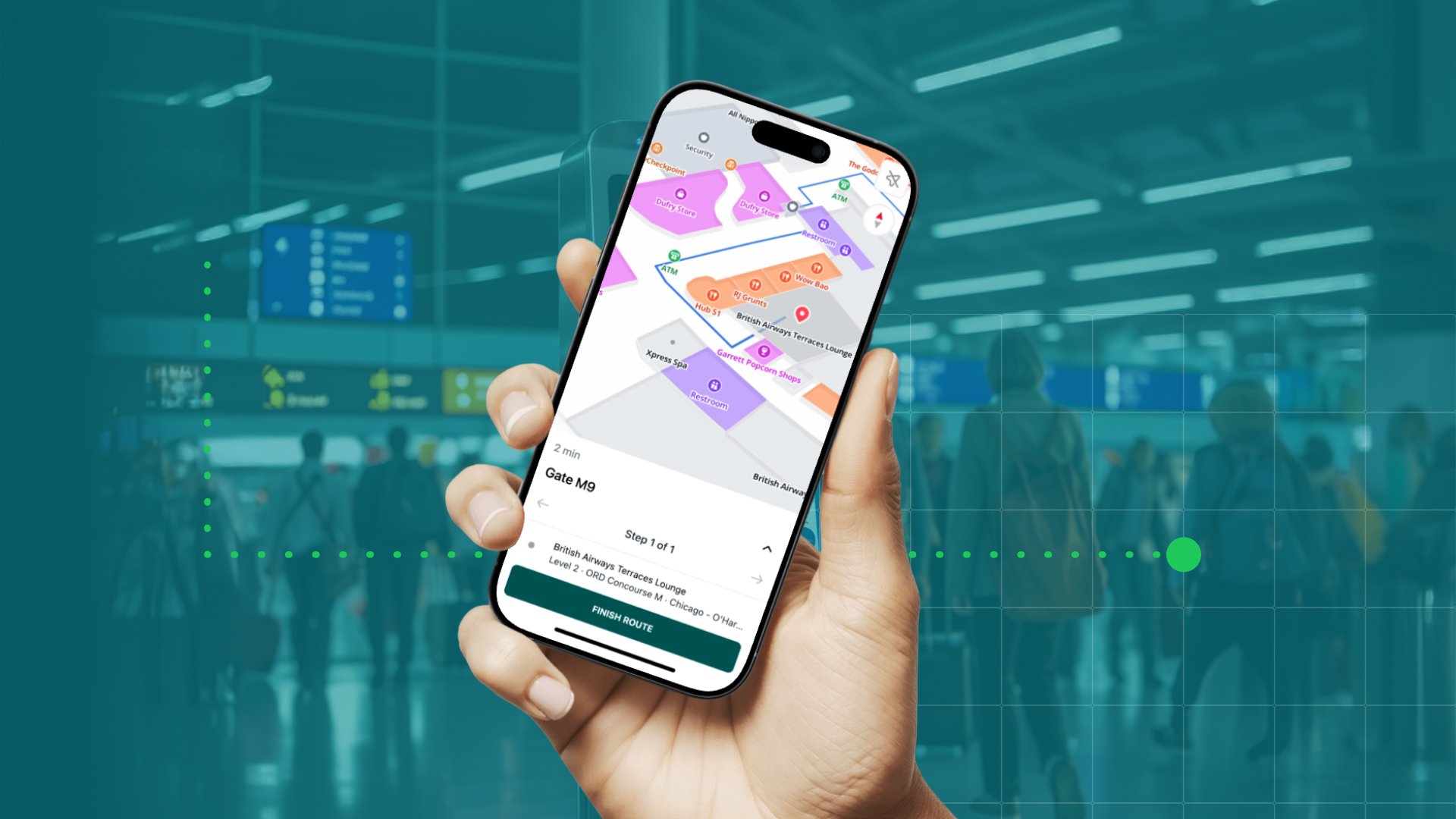In this episode of Spatial Experience Design, in-house Senior Solutions Engineer Geoff Wakefield sits down with host Søren Vasø to explore how AI is removing technical barriers and unlocking faster experimentation. It's now quicker and easier than ever to turn creative spatial ideas into working experiences. Instead of static presentations, working prototypes can now be created in minutes using map data, SDK docs, and just a few smart prompts. We're talking chatbots that tell you where the nearest restroom is, real-time alerts that factor in transit time, and location-aware prompts that speak your language (literally). This is a deep dive into how AI is shrinking development time, unleashing creativity, and enabling anyone (not just developers) to build with spatial data. Whether you’re mapping office buildings, transit hubs, or event venues, this episode will change how you think about what’s possible.
Key Topics:
-
- AI-powered demo generation
- Using Claude for SDK-driven builds
- Accelerating product ideation with LLMs
- Airport and office use case scenarios
Developing spatial demos used to mean setting aside hours—sometimes days—to mock up an idea, write custom code, and wait for someone with the right technical background to bring it all together. But those days are numbered.
Thanks to a new generation of AI tools, you can now put together functional, working demos in minutes. Think: “show me a map that does X” and—boom—it’s on screen before you’ve even finished your coffee.
It’s not just faster. It’s changing how we think about what’s possible.
From Hours to Minutes: AI as Your Creative Sidekick
The big shift here is understanding that AI not only increases speed exponentially, it also promotes creativity.
Using AI to generate on-demand demos unlocks a new kind of experimentation. You don’t have to know exactly how something should be built. You just describe what you’re imagining, and AI does the heavy lifting. Want to visualize an airport journey based on someone’s flight number? Need to build a spatial chatbot that adapts to different user preferences? Interested in combining real-time APIs with indoor maps to personalize wayfinding?
AI makes the prototyping phase so fast and frictionless that you can test ten ideas in the time it used to take to build one.
It shifts the question from “Where do we start building?” to “What problem do we want to solve?”
When Demos Are More Than Just Demos
Internally, we still call these builds “demos.” But make no mistake—they work. You can hook them up to real data sources, plug them into front-end apps, and roll them out as functional tools.
And because AI can ingest docs, SDKs, and examples in seconds, you’re not starting from scratch. You’re building on a foundation of everything your platform already knows how to do—but now you’re doing it in user-driven ways.
Real-World Use Cases: Airports, Offices, and Beyond
Take airports, for example. A strong demo doesn’t just show a route on a map—but improves the experience. Imagine a traveler asking, “Where’s the nearest coffee?” or “How long will it take to get to Gate E5?”—and instantly getting an answer that’s not just accurate, but personalized. The AI chatbot can factor in real-time walking distance, current security wait times, and present answers in the traveler’s preferred format.
Now AI can deliver dynamic experiences that adapt to each person and their needs—from accessibility routing for wheelchair users, to translating directions into your native language.
Now layer in other data: restaurant hours, lounge access, duty free inventory, flight delays etc. The same AI assistant could notify you if your gate moves—and tell you it’s just a short walk away, reducing anxiety in an already stressful environment. Or it might nudge you to grab a snack or a gift on the way to your gate—based on how much time you have, and which shops are open.
These aren’t just features. They’re ways of making complex environments feel manageable, human, and even thoughtful.
And – the same approach applies to hospitals, stadiums, or office campuses. Anywhere spatial data and user experience overlap, AI can make the entire environment feel more responsive, personalized, and intuitive.
The Future is Self-Generating
This is the future of how product ideas get prototyped, shared, and pitched. You no longer need a full sprint cycle to prove a concept or get buy-in. You just generate it.
Better yet, these AI-powered builds give your teams space to think bigger—about personalization, accessibility, automation, and how to bring the map into people’s lives in a way that feels easy, even automatic.
We’re just scratching the surface of what’s possible when spatial data meets generative AI. But one thing is clear: when the tools can keep pace with your stream of ideas, everything changes.
Additional Resources:
June 6, 2025



.png)